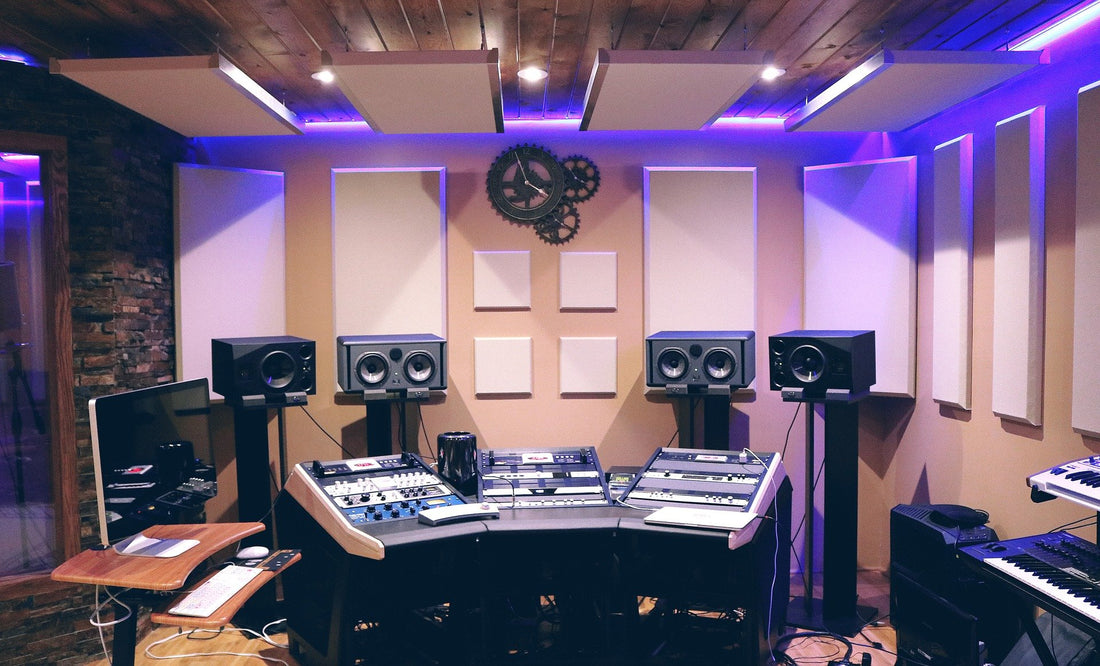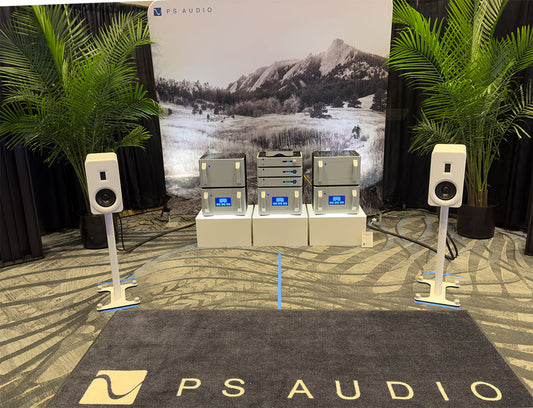"You’ll find all manner of speaker construction materials out there, from paper to Kevlar to aluminum alloys and beyond. Manufacturers are constantly innovating, and if you’re interested there are plenty of resources available about the properties of different materials. But step back for a moment – do you really care what it’s made of at the end of the day? Materials play a big part in the sound of a speaker, but would you really buy studio monitors based on one specific material used in its construction? While we fully acknowledge the huge impact speaker driver materials have on its sound, you can quickly get confused if you focus on materials instead of application-specific benefits."Ahhh, love it. We wouldn't want anyone to get confused over those pesky materials or driver types. No, better in the pro world to go with reputation. What are the other pros doing? Seems in the recording world most aspiring engineers are in awe of their heroes who have gotten various accolades or had their work sell millions. All this is very interesting to me. In this world, home audio speakers are often scoffed at. A few companies—B and W in particular—have worked hard at getting their top of the line home products into studios and accepted by pros. This is then turned around in the marketing to great affect. "Now, you too can have at home what the pros acknowledge is the best." Tomorrow, pros versus the amatuers.
Studio vs. home
by Paul McGowan
I remain flummoxed as to how the industry wound up separating studio monitors from home audio.
Both have the same task of reproducing music as accurately as possible.
Yet the way they are marketed is so very different.
Pro monitors, as they are referred to (because professionals wouldn't want to think about amateur home speakers for their studios) take an interesting approach. Here's a bit of their info as to the importance of materials and driver technology:
- Choosing a selection results in a full page refresh.
- Opens in a new window.








